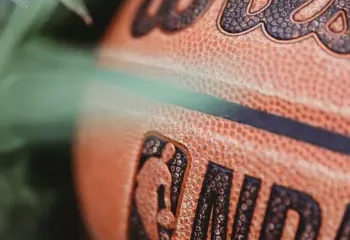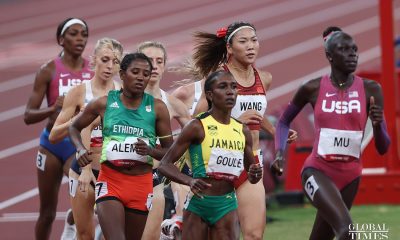Press Release
How To Register Your Website’s Domain Name
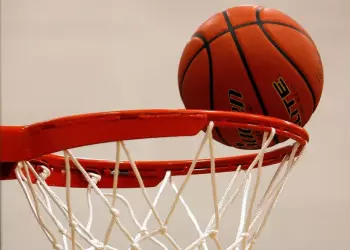
Are you getting ready to start a new business? If this is the case, you’ll want to create a buzz as soon as possible. The best way to do so will be to put up a site for your business. You have to start by registering a domain name. Here are the several steps you will need to go through to make it all happen. 800m chinese groupmathewsreuters
Choose a Name for Your Business Domain
The first thing you will need to do is decide on a name for your domain. You may already have a great one in mind. If you don’t, there is no need to panic. You can go to a business name generator to get plenty of excellent ideas. You can mix and match all the choices that come up until you find one that works for your personal needs.
Make Sure Your Domain Name is Available
The next issue to take care of is to make sure that the domain name you have chosen is available. This means that no one else is using it or has it reserved for future use. A quick perusal of the registry checker will allow you to make sure of this. If the name has no current owner, it’s yours to buy and utilize.
The point of checking to make sure your name is available is to avoid legal and financial hassles down the road. You don’t want to launch a business, set up a site, and establish a brand for nothing. It can all come apart if someone slaps a hefty lawsuit on you for infringement.
Finalize the Name for Your Business Domain
Once you have checked to see that your domain name is available, you can move to finalize it. This is the stage of the game where you need to make a choice that will last for a very long time. For this reason, you need to consider every angle with the utmost care. Is your name evergreen or reflective of a trend?
How to Register a Domain Name for Your Business | Master Your Website
If the answer is the latter, think twice before you settle on it. You don’t want your business to be tied to a trend that may play out. It may be hot today but may suddenly become ice-cold even before you open your doors to the public. The name you choose should be one that you can stick with for many years to come.
Choose the Suffix for Your Domain Name
Once you finalize your name, you will need to choose a suffix for your URL. This will be a vital part of the address that people type into the search bar to go to your site.
Most suffixes will end with .com, although some people do opt for .net or .org. The latter two will tend to be higher priced. Stick with .com if you’re still at entry-level status.
Make the Final Purchase for Your Domain
The last thing you will need to do will be to buy a domain name for your new website. Keep in mind that this is not likely to involve any form of one-stop shopping. In most cases, your purchase of a name for your domain is good for a period of one year. Once the year is up, you can renew your registration for a stated fee.
The exact price you will have to pay will depend on what service is handling your domain name registration. The typical amount of yearly renewal fee is something like $10 or $15. If you don’t like the fees you are paying or the services you are receiving, you can always move your registration to a new area.
Register Your Domain to Secure Your Success
It will be up to you to do all that you can to ensure the success of your new venture. Part of this will be to create a buzz that catches people’s attention. The sooner you can do this, the better. Getting your domain name safely locked in is the first step. From here, you’ll have all the tools you need to succeed.
Press Release
MICROSOFT IS IN TERMS TO BUY SPEECH TECHNOLOGY COMPANY NUANCE COMMUNICATIONS FOR ABOUT $16 BILLION, OR $56 A SHARE, A 23% OVERPAYMENT TO NUANCE’S FRIDAY CLOSE, According to Sources (BLOOMBERG)

Bloomberg:
According to sources, Microsoft is in advanced talks to acquire Nuance Communications, a provider of speech technology, for about $16 billion, or $56 per share, a 23% premium to Nuance’s Friday close. The proposed price would value Nuance at $56 per share. This week could see the announcement of a deal.
Press Release
Nine widely used WiFi routers had 226 vulnerabilities.
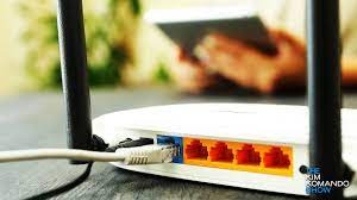
Even when using the most recent firmware, security researchers examined nine widely used WiFi routers and discovered a total of 226 possible vulnerabilities in them.
Millions of people use the tested routers, which are made by Asus, AVM, D-Link, Netgear, Edimax, TP-Link, Synology, and Linksys.
The TP-Link Archer AX6000, which has 32 problems, and the Synology RT-2600ac, which has 30 security flaws, are the two devices with the most vulnerabilities.
The examination process
In partnership with CHIP magazine, researchers at IoT Inspector conducted security tests with a focus on models primarily used by small businesses and residential users.
According to Florian Lukavsky, CTO & Founder at IoT Inspector, “vendors provided them with current models, which were upgraded to the newest firmware version, for Chip’s router review.”
“IoT Inspector automatically examined the firmware versions and searched for more than 5,000 CVEs and other security flaws.”
Although not all defects posed the same risk, the researchers discovered a few widespread issues that impacted the majority of the evaluated models:
The firmware contains an outdated Linux kernel.
stale VPN and multimedia features
over-reliance on BusyBox’s earlier iterations
weak default passwords like “admin” are used
Hardcoded credentials are present in plain text.
Changing the router’s default password when configuring it for the first time is one of the most crucial steps you can take to secure it, according to Jan Wendenburg, CEO of IoT Inspector.
Whether an IoT device is used at home or in a corporate network, changing the password upon first use and turning on automatic updates must be regular procedure, according to Wendenburg.
In addition to manufacturer-introduced vulnerabilities, utilising an IoT device with the adage “plug, play, and forget” poses the greatest risk.
Press Release
MASSACHUSETTS COURT SUPPORTS A REQUEST FROM THE IRS TO OBTAIN THE RECORDS OF ALL CIRCLE CUSTOMERS WHO HAD $20K+ IN CRYPTO TRANSACTIONS BETWEEN 2016 AND 2020 (ZACK SEWARD/COINDESK)

Massachusetts court supports a request from the IRS to obtain the records of all Circle customers who had $20K+ in crypto transactions between 2016 and 2020 — A Massachusetts court is supporting a request from the IRS to obtain the records Circle customers, the Department of Justice said.
-

 Apps1 year ago
Apps1 year agoWhy is Everyone Talking About Hindi Keyboards?
-

 Social Media1 year ago
Social Media1 year agoWho is Rouba Saadeh?
-

 Apps1 year ago
Apps1 year agoThings you need to know about Marathi keyboard today
-

 Apps1 year ago
Apps1 year agoStuck with Your default Bangla keyboard? Isn’t it time for a change?
-
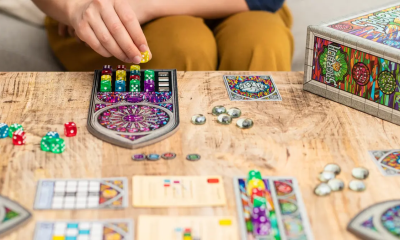
 Games1 year ago
Games1 year agoTop 7 Popular Puzzle and Card Games for Relaxing Your Brain on Mobile, Featuring Solitaire
-

 Social Media1 year ago
Social Media1 year agoMati Marroni Instagram Wiki (Model’s Age, Net Worth, Body Measurements, Marriage)
-

 Entertainment1 year ago
Entertainment1 year ago12 Online Streaming Sites that Serve as Best Alternatives to CouchTuner
-

 Entertainment1 year ago
Entertainment1 year agoMovierulz Website: Movierulzz 2021 Latest Movies on Movierulz.com







